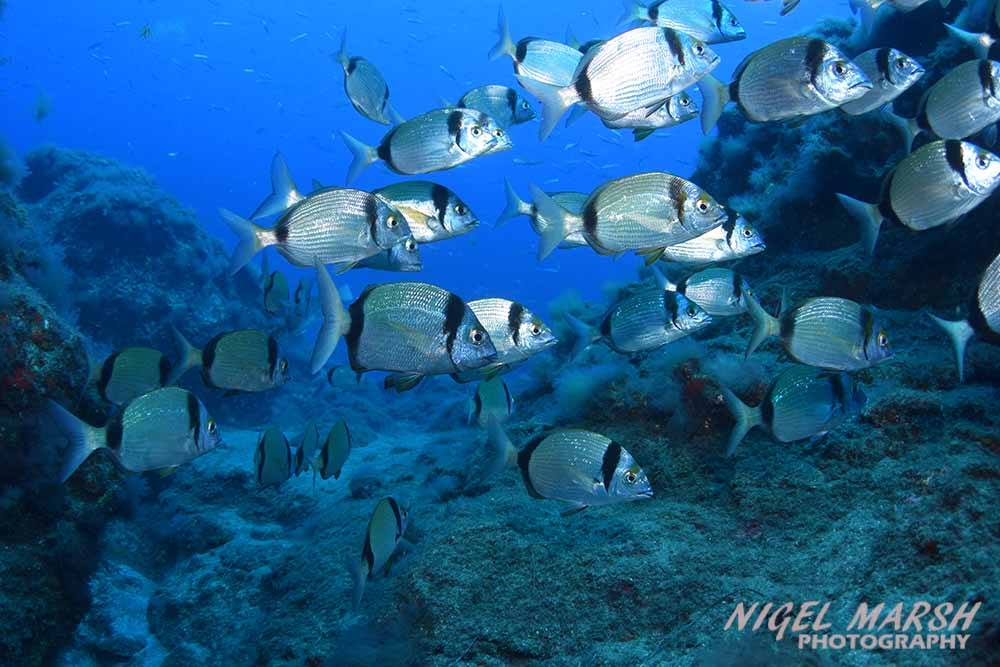The Canary Islands are a group of rocky islands in the Atlantic Ocean. Located off the coast of northern Africa, the islands are actually part of Spain and were an important stepping stone for Spanish explorers searching for the new world. Today the islands are a popular tourist destination, surrounded by rocky reefs and home to a wonderful range of marine life.
European divers have for a long time known about the brilliant diving in the Canary Islands, with countless divers descending on the islands each year to enjoy subtropical diving. But very few Australians make the long journey, especially with so much great diving close to home. But with a sense of adventure and keen desire to find new species, we journeyed halfway around the planet to visit the Canary Islands in September.
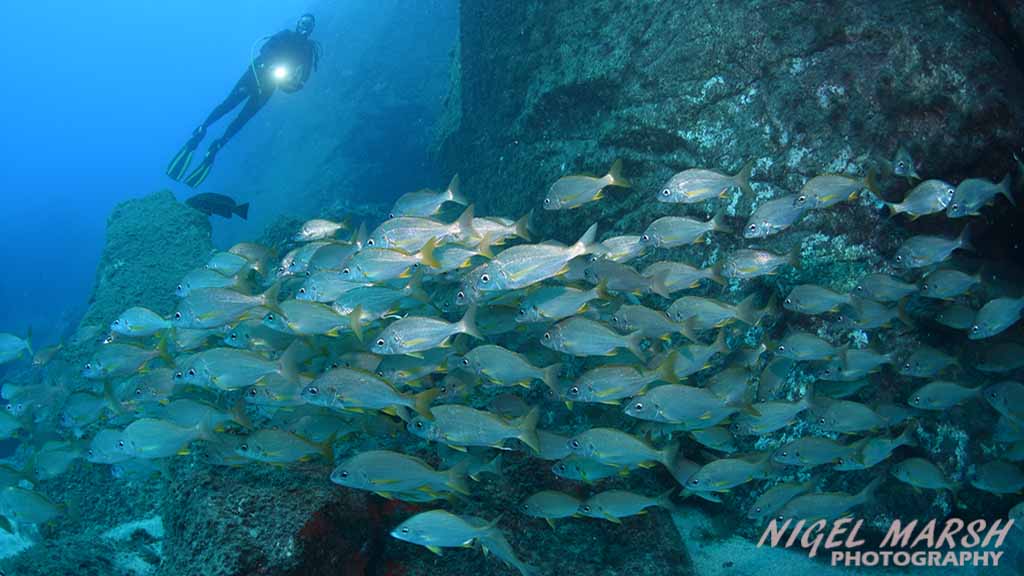
There are seven main Canary Islands, and all offer good diving, but for our trip we settled on Gran Canaria and the town of Arinaga. This small seaside town is located on the eastern side of the island, not far from the airport, and is the gateway to some of the best diving in the Canary Islands – the El Cabron Marine Reserve.
A number of dive shops are found at Arinaga, but we booked five days with Davey Jones Diving after a tip from a friend that had visited the area before. A PADI 5 star dive centre, Davey Jones Diving offer courses and daily dives to the marine reserve, which is only fifteen minutes away by car. Yes by car, as all the dive sites in the marine reserve are accessible from the shore, with either a beach or rock entry and exit.
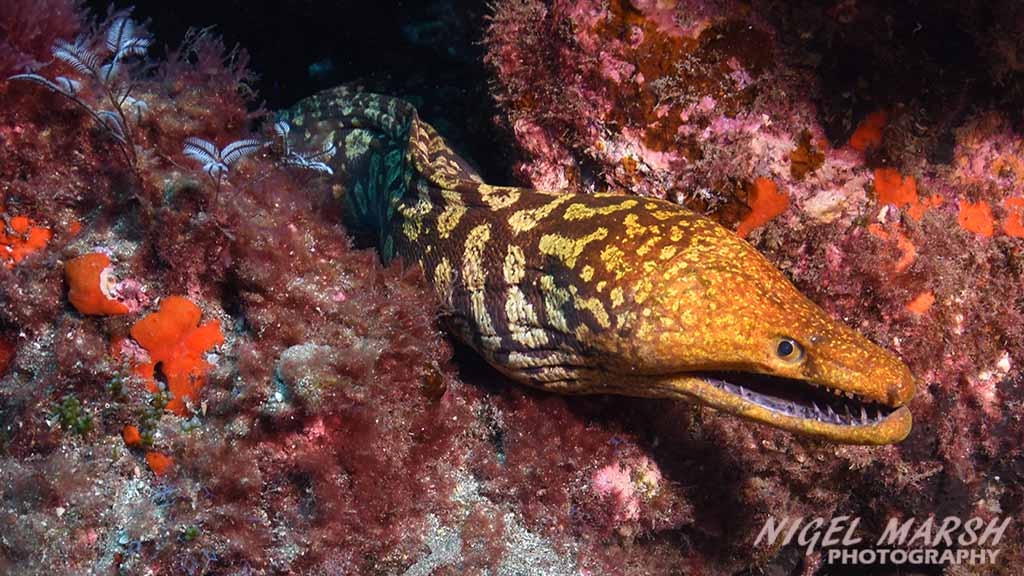
From the very first dive we could see why El Cabron had been protected as a marine reserve. For a start there is a wide variety of terrain, meaning a variety of habitats – rocky reefs, caves, gutters, ledges, walls, seagrass and sand. And secondly there is a great variety of marine life on show. It is estimated that over 400 species are found here, with an unusual mix of species from the Mediterranean, Atlantic Ocean and even from the Caribbean.
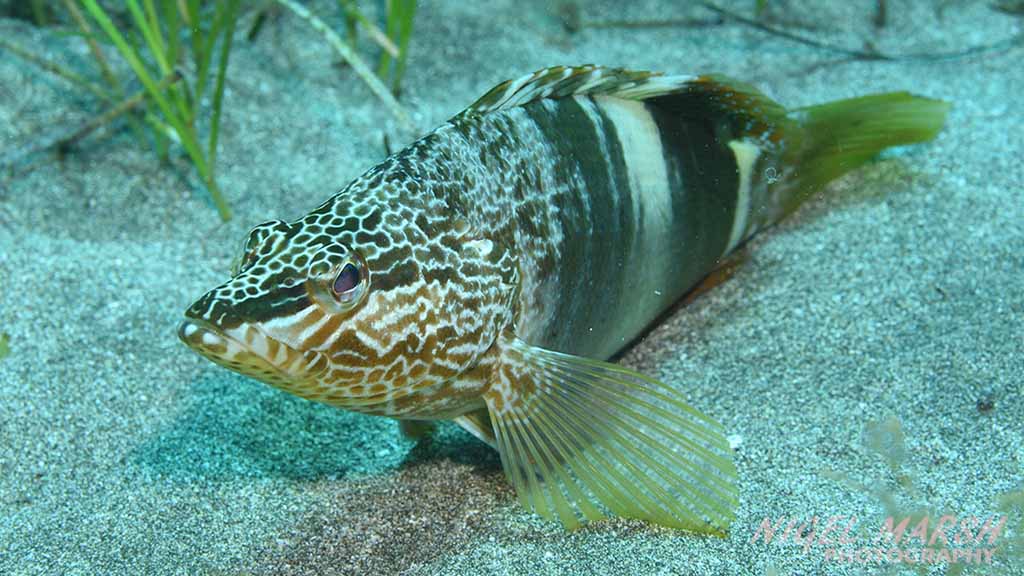
Enjoying 15 to 30m visibility and 23°C water temperature, we did nine dives in the marine reserve in depths from 10 to 30m. On every dive there were schools of fish – massive swarms of bream, goatfish and snapper. We encountered these schools in caves, in gutters and even over the sand. We commonly see bream, goatfish and snapper in the Indo-Pacific region, but these Atlantic cousins were very different.
Almost all the fish were alien to us, as there were Atlantic species of gropers, parrotfish, wrasse, damsels, pufferfish, blennies, flounders, soles, glasseyes, lizardfish, razorfish, scorpionfish, morays, garden eels and many others. Our personal favourites were the learned rockfish, a type of seabass that has pretty patterns and a very inquisitive nature.
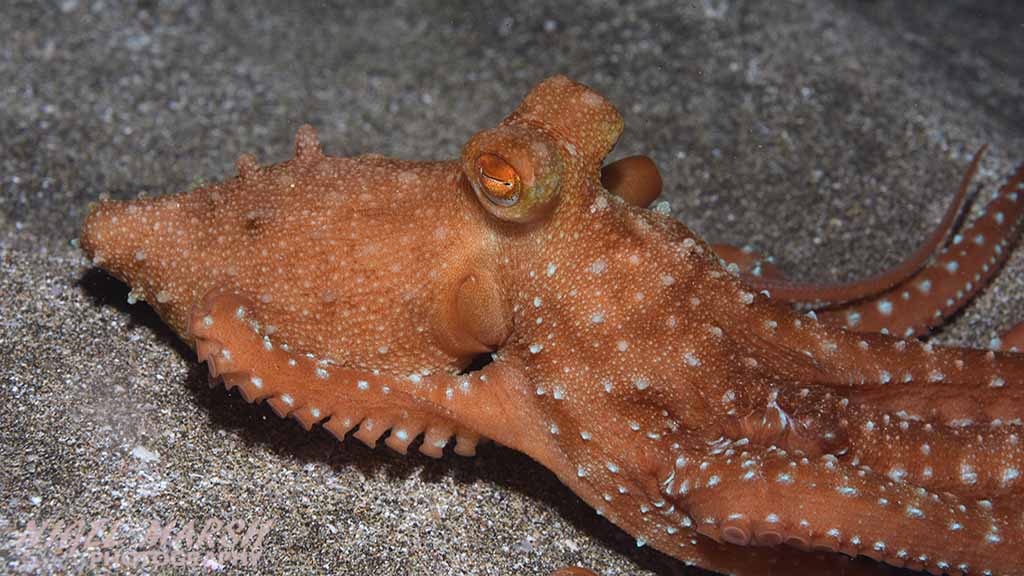
The marine reserve is also home to an impressive range of Atlantic invertebrate species – sea cucumbers, sea hares, sea slugs, nudibranchs, sea stars, fire worms, slipper lobsters, arrow crabs and cleaner shrimps. We were especially impressed by the cephalopods, seeing common octopus mating, African cuttlefish hunting and strange white-spotted octopus at night.
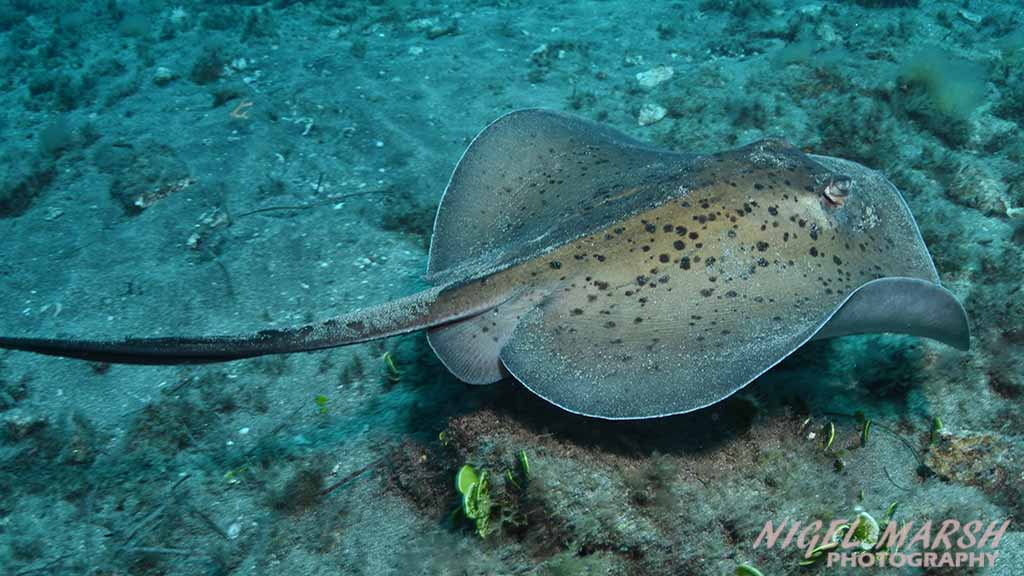
However, the thing that most impressed us, and had actually drawn us to the Canary Islands in the first place, was the rays and one special shark species. On every dive we saw rays, on the sand and hiding in the caves. Around ten species of ray are found in the marine reserve, including varieties of electric rays, eagle rays, butterfly rays and stingrays.
The El Cabron Marine Reserve is also the best place in the Canary Islands to see the common angel shark. Once widespread in the eastern Atlantic, they are now endangered and only common off Gran Canaria. We only saw one common angel shark during our stay (we were a little out of season as they prefer the cooler winter waters), but it was a very special encounter as it was a baby, only 20cm long.
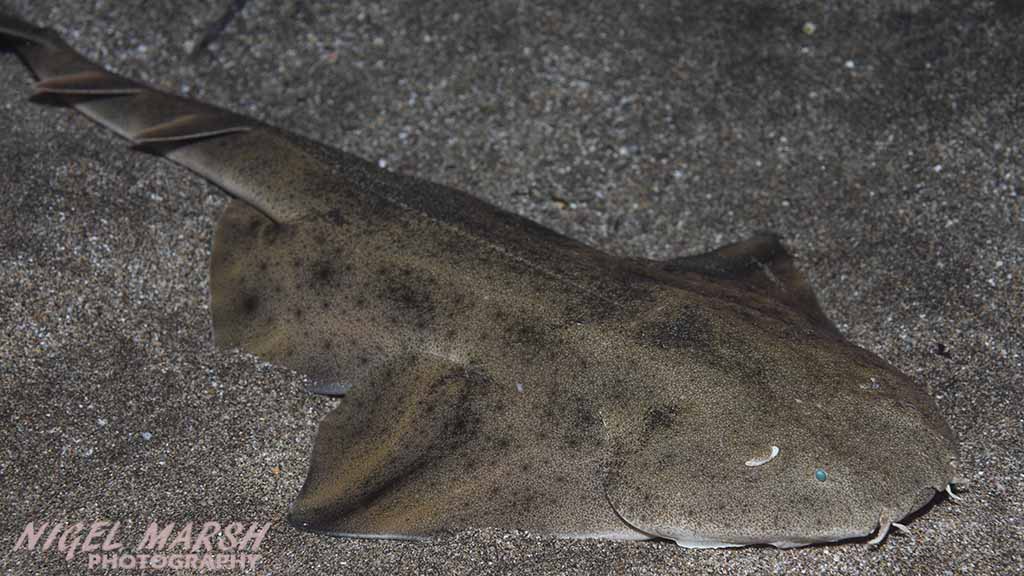
We had a wonderful time diving the El Cabron Marine Reserve, seeing a host of marine life that was completely new to us and enjoying the relaxed Spanish lifestyle on these unique rocky islands off the coast of Africa.
